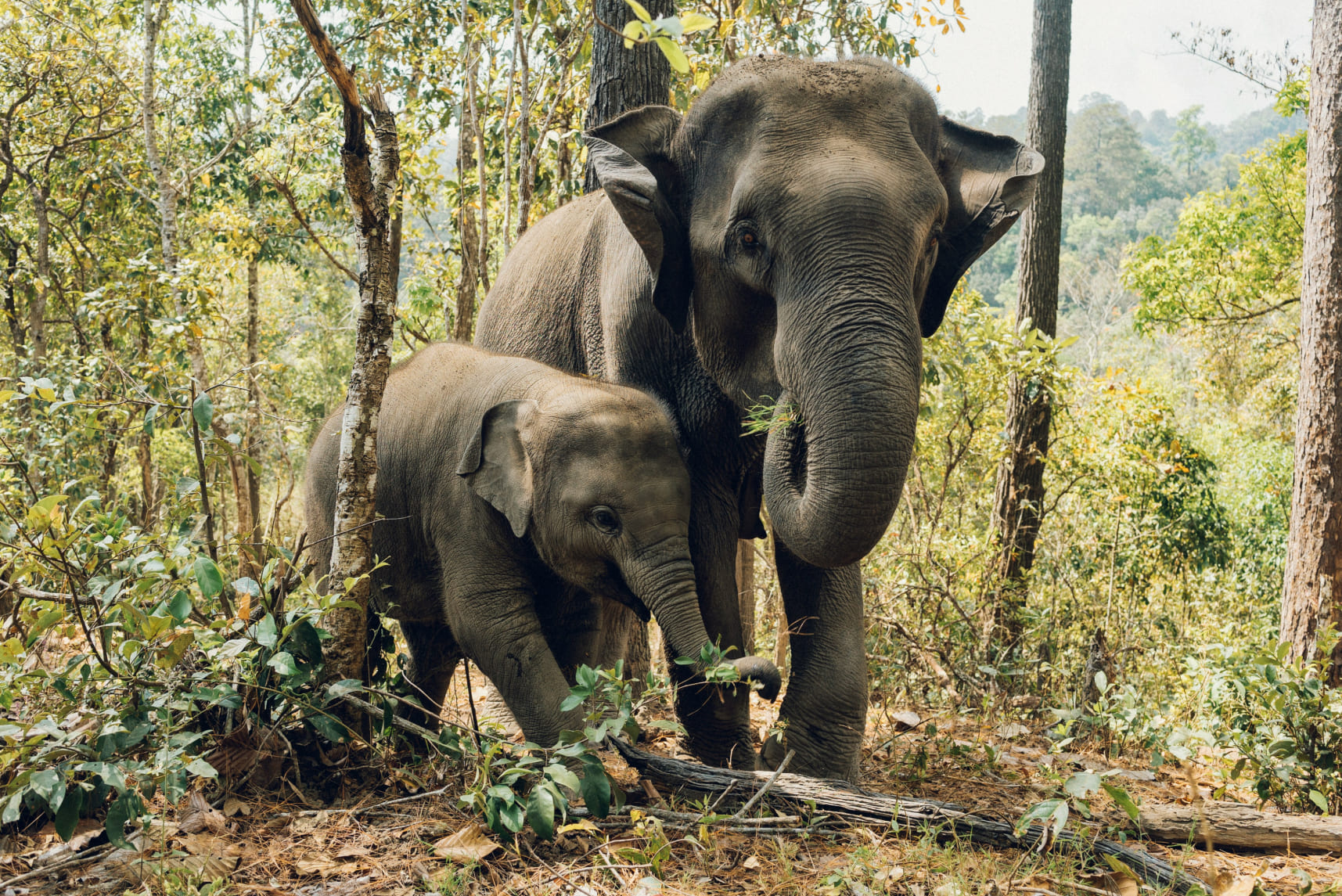Animals are kept in zoos for several reasons, including conservation, education, and research. Zoos help protect endangered species through breeding programs and provide a safe environment for animals that can no longer survive in the wild. They also allow visitors to learn about wildlife and inspire people to support conservation efforts.
Zoos have dedicated veterinary teams that regularly monitor the health of the animals. They provide medical care, vaccinations, and treatment for illnesses or injuries. Zookeepers also ensure the animals have balanced diets, appropriate exercise, and enrichment activities to maintain their physical and mental well-being.
Animal enrichment involves activities or items designed to stimulate the natural behaviors of zoo animals, such as hunting, foraging, or playing. Examples include puzzle feeders, scent trails, or interactive toys. Enrichment is important because it keeps animals mentally engaged, reduces stress, and promotes their overall health and happiness.
Zoos design enclosures to closely mimic the animals’ natural environments. For example, they include trees and climbing structures for primates, pools for aquatic animals, and rocky terrains for big cats. These features help animals feel more at home and encourage natural behaviors like exploring, hunting, or socializing.
Zoos play a critical role in conserving endangered species by running captive breeding programs that ensure genetic diversity. They also work with conservation organizations to protect animals in the wild, raise awareness about threats like habitat loss, and reintroduce some species into their natural habitats when possible.
